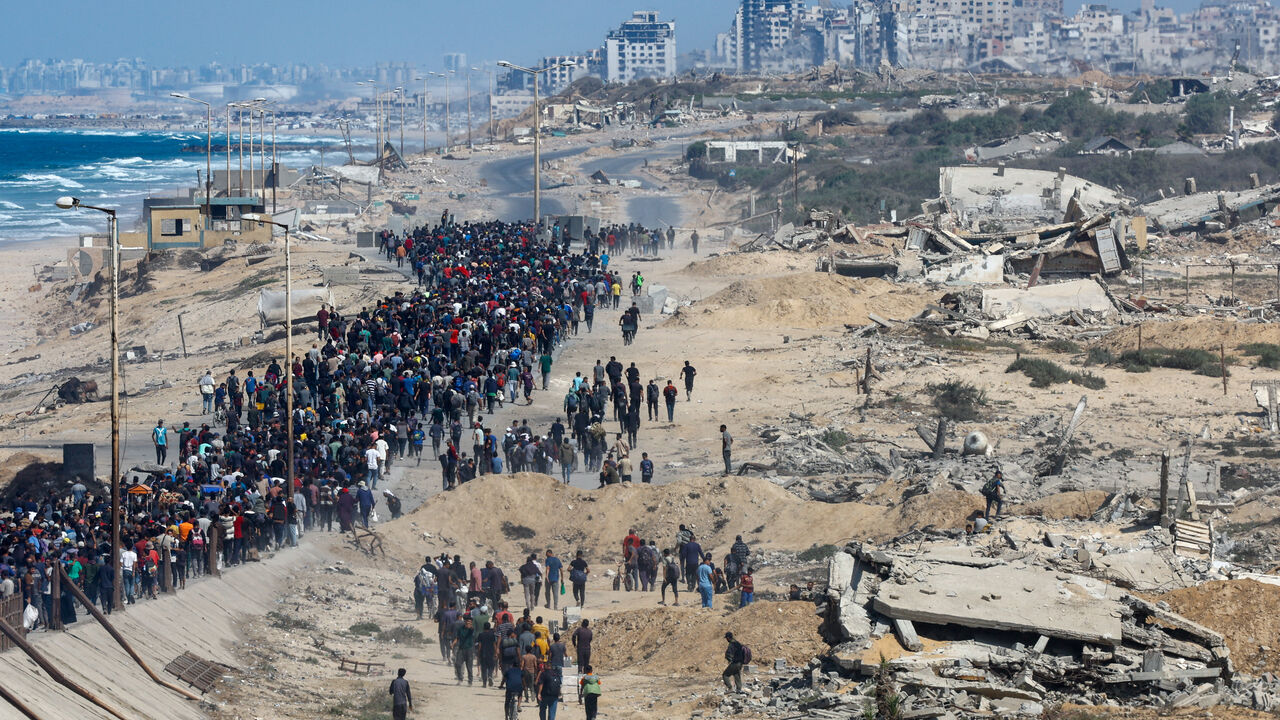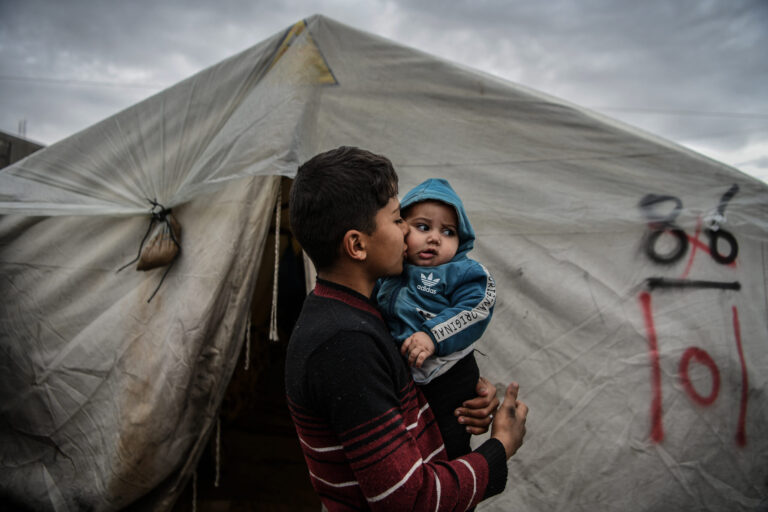Thousands of Palestinians are returning home to northern Gaza, finding destruction and heartbreak
Thousands of Palestinians began their long, dusty journey from southern Gaza toward Gaza City on Friday, following the announcement of a ceasefire in the enclave. As they arrived, they were met with scenes of devastation — a city reduced to ruins — but also a deep sense of relief at finally being able to return home.
For nearly two years, the northern part of Gaza had been emptied of its residents after Hamas’ October 7, 2023, attack triggered Israel’s military campaign. Entire neighborhoods have since been leveled, leaving behind no functioning infrastructure, electricity, or running water.
Despite the destruction, many returnees said there was no question about going back. “I pray that God eases our pain and allows people to return to their homes. Even if our houses are gone, we will return, God willing,” said Ahmad Abu Watfa, who was making his way to Sheikh Radwan in Gaza City. “There’s no feeling more beautiful than this — people returning from the south to the north,” he added.
According to the Israeli Defense Forces (IDF), civilians were permitted to travel north via the coastal Al-Rashid Street and the Salah al-Din Road. For many, this was not their first attempt to return. A similar effort was made during a temporary ceasefire in January, but it was cut short when Israel again ordered a full evacuation of Gaza City in September ahead of a ground assault.
Before that offensive, Gaza City was already in crisis — hospitals were inoperative, and safe shelter was scarce. When medical teams from Al-Rantisi Hospital returned on Friday, they found the facility in complete ruins, with burned and shattered equipment scattered among the debris. Gaza’s deputy health minister, Dr. Yousef Abu Al Rish, shared footage showing the devastation.
The United Nations-backed Integrated Food Security Phase Classification (IPC) reported that famine had gripped Gaza City in August and has since spread across the territory.
As families made their way home, many encountered heartbreak. Entire blocks had been flattened, and the landscape was blanketed in grey dust. Dr. Mohammed Abu Salmiya, director of Al-Shifa Hospital, said at least 33 bodies were recovered on Friday after Israeli troops withdrew from parts of the city. Some were unidentifiable and sent for forensic examination.
Among those mourning the loss was 70-year-old Majdi Fuad Mohammad Al-Khour, who stood amid the rubble of his former home in Tal al-Hawa. “Forty years of work to build this home,” he said. “Now everything is gone — my house, my children. I am old and sick, and my wife cannot see. Where should we go?”
Israel confirmed that its forces had begun withdrawing as part of the ceasefire plan, which includes a 72-hour truce to facilitate the release of hostages held by Hamas in exchange for nearly 2,000 Palestinian prisoners.
In Beit Lahiya, north of Gaza City, Sair Hikmat Subh prepared to head home after dismantling his tent near Al-Rashid Street. “We are happy the roadblock is gone. Praise be to God for everyone’s safety,” he said, though he remained wary. “I’ve packed up many tents before. I’ve been displaced nearly 20 times.”
The IDF warned civilians to stay clear of certain areas — including Beit Hanoun, Beit Lahiya, and Shuja’iyya — calling them “extremely dangerous zones” where Israeli troops are still stationed.
For many Palestinians, the return marks both a homecoming and a heartbreak — a step back toward the ashes of what was once home, and a fragile hope that peace may finally take root amid the ruins.




